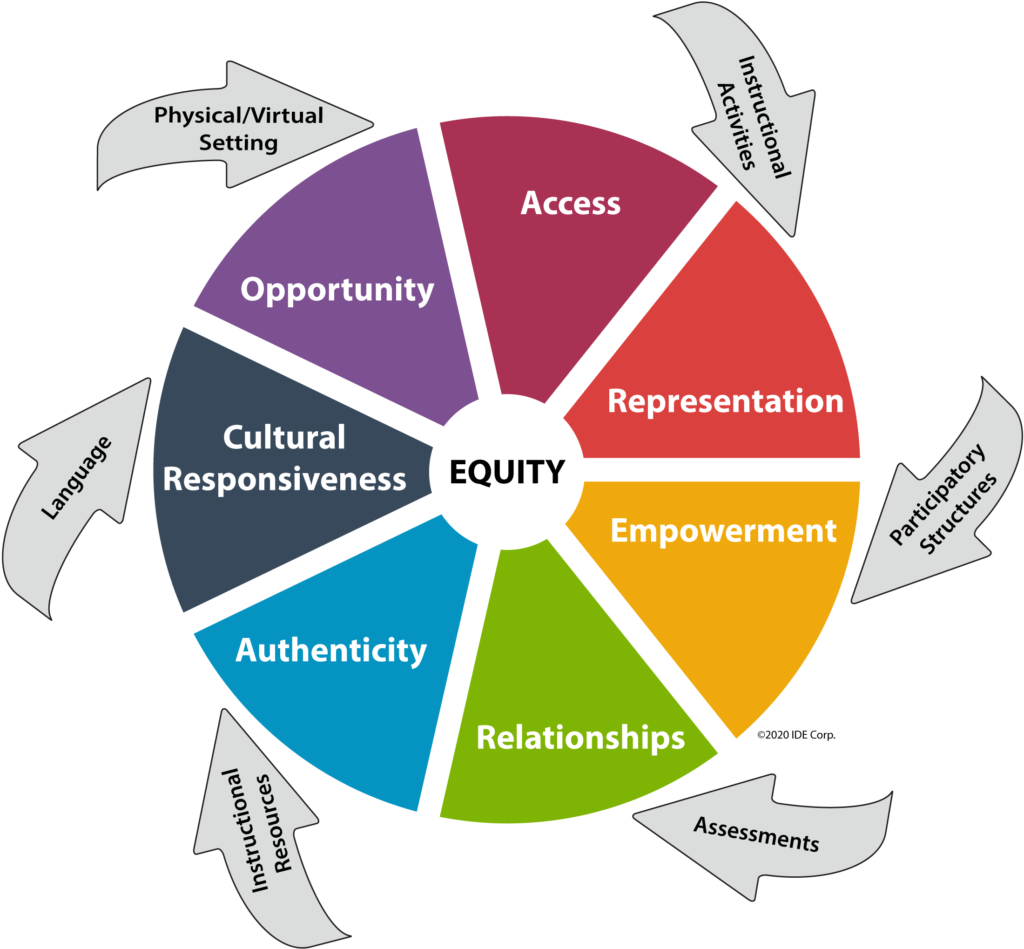By . . .


a
a
Reality TV! Imagine you are a contestant on a reality TV show where you and one other contestant have the opportunity to walk away with a million dollars. The money is on the top of a two-story building. You just have to climb up a ladder to reach it. And for encouragement, a coach is going to be calling out “step, step, step, that’s the way” to help you succeed. What do you think? Can you do it?
But it’s not quite as straightforward as it may sound. Your opponent’s ladder is firmly planted on the street, leaning against the building, with all rungs intact. Your ladder extends 20 feet below the ground, rising up through an underground vault through a hole in the street. Every few rungs are broken or missing. You’re waiting to hear the “go” bell. Now, what do you think? Do you think you will win? Is this a fair contest?

a
a
You and your opponent each have an opportunity to win the million dollars, just like attending a free, public education is an opportunity to learn and pursue any career path you want. However, if your climb is so much longer than others’ and you don’t have the tools along the way to take advantage of that opportunity, you lack access.
In a classroom, one student may have had parents who read to them every night and built early literacy skills; another might have access to weekend tutors who help with schoolwork; another might live with a grandmother who tells wonderful stories but cannot read or write; another might have a dad who is a whiz at building car engines but doesn’t understand algebra to help with homework; another might be able to go online and buy any book or instructional materials they need, while another doesn’t have the money to do that; one student might have their own bedroom at home with a nice, quiet place to study, while another shares a bedroom with two younger siblings who are very active; one student might speak fluent Spanish, but not fluent English; one student may travel the world regularly with their parents while another has never left their neighborhood. You get the picture: Students start the academic climb at different places based on socio and economic inequities in society; thus, they need different supports.
a
From an instructional standpoint, equity means providing each student with what they need to succeed. It means taking into account that each student enters the classroom with a different story, different experiences, and different skill sets. If a student lacks a prerequisite skill, however, it doesn’t mean they can’t learn it; it means they need access to opportunities to learn it so that they can continue their academic climb.
On the climb, the rungs of the ladder are broken through systemic issues and implicit and explicit bias. We all carry our own biases. It’s important for teachers to be aware of their own biases so that minoritized students do not end up disproportionately underrepresented in honors and advanced-level courses and disproportionately represented in special education classes and behavioral interventions.

Equitable instruction means teaching with the whole student in mind,
absent of bias, so that each will achieve at high levels.
IDE Corp. consultants can help you rethink instruction to build more equitable learning environments. For more information, contact Nicole at solutions@idecorp.com
The above post was inspired by the use of ladder images, as opposed to the typical boxes, as a metaphor for equity, presented by the Center for Urban Education at the University of Southern California.
